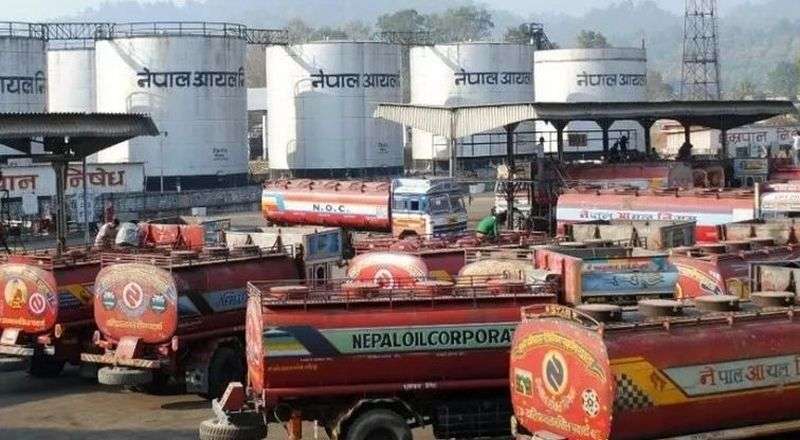Onion prices in Nepal are expected to increase as a sharp rise in prices in the Indian market over the past two weeks has started to influence the Nepali market. Government officials and traders have warned of an impending hike, noting that Nepal imports a significant portion of its onion supply from India.
According to Indian business daily The Economic Times, onion prices in India have surged by around 20 percent over the past two weeks due to heavy rainfall that damaged crops. Despite increased production and storage, prices have continued to climb, with further rises anticipated as the Indian government begins its seasonal procurement of onions.
The report further notes that unseasonal and pre-monsoon rains in May caused significant damage to onion crops across large parts of central and southern India. This disruption is expected to affect prices in Nepal, where domestic production is insufficient to meet annual demand.
Nepali traders import onions from India, China, Indonesia, and the UK, with India remaining the primary source.
“When prices rise in the country of origin, it's inevitable that prices will rise here as well. We’re now importing onions at higher prices,” Prakash Gajurel, General Secretary of the Potato and Onion Traders Association, told New Business Age. Gajurel added that several countries had stockpiled onions when prices in India were lower, contributing to the current shortage.
Indian traders have indicated that prices could reach INR 38 to 40 per kilogram in the coming days, up from INR 13 just two weeks ago, Gajurel said.
The Kalimati Fruits and Vegetable Market Development Committee has reported a slight increase in onion prices in Nepal over recent days. According to its daily price list, the wholesale average price per kilogram rose from Rs 36 on May 28 to Rs 39 on June 3.
While the price increase appears moderate, the volume of onions entering the Kalimati market has declined. The committee’s records show that 230 metric tons of onions arrived on June 1, compared to just 139 metric tons on June 2.
Data from the Ministry of Agriculture and Livestock Development shows that onions are cultivated on approximately 20,000 hectares of land across more than 30 districts in Nepal, yielding around 250,000 metric tons annually.
However, Nepal continues to rely heavily on imports. According to the Department of Customs, the country imported 85,788 metric tons of onions worth Rs 3.72 billion in the first 10 months of the current fiscal year. Of this, onions worth Rs 3.66 billion were imported from India.
This year’s imports have already surpassed last year’s figures, which stood at 52,100 metric tons valued at Rs 2.24 billion.
To reduce dependency on imports, the government had launched an Onion Mission program in FY 2007/08 with a budget of Rs 500 million, targeting districts including Jhapa, Siraha, Saptari, Dhanusha, Bara, Parsa, and Rupandehi. However, the initiative failed due to irregularities in the purchase and distribution of production materials.
A subsequent plan in FY 2019/20 aimed to operate a four-year Potato and Onion Mission under the federal government, but this too remained limited to paper. Officials at the Agriculture Ministry acknowledge that repeated failures have forced Nepal to remain reliant on imported onions.












